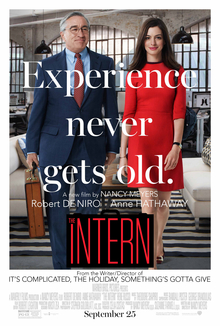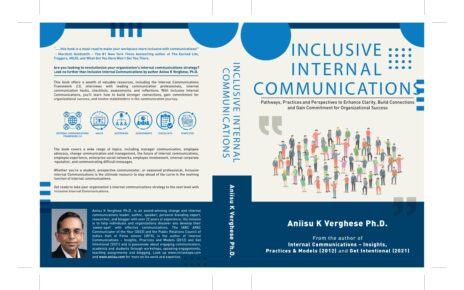I remember launching a ‘reverse mentoring’ initiative at a former employer to help a senior leader understand how Gen Z thought, felt, and engaged. It was eye-opening, both for him and for me.
We now have 6 generations at the workplace often making it a complex environment for people to navigate.
If you’ve watched The Intern (2015) starring Robert De Niro and Anne Hathaway, you’ll recall how it flipped the script on age at work. Robert’s willingness (despite his decades of experience) to roll-up his sleeves and do stuff which others didn’t want to. His ability to observe and spot changes needed at the workplace caught the attention of leaders. His ability to be present while at work and beyond received appreciation from those around him.

It showed why organizations must engage older generations meaningfully while also supporting younger employees as they navigate their mental well-being and life challenges.
With multiple generations working side by side, experience remains invaluable. But what struck me most was how younger professionals (at least what was depicted in the movie), while digitally savvy and adaptable – often struggle with core life skills. The older colleague was able to mentor and coach and, most importantly, listen and give sound advice which helped the younger team members resolve conflicts not just at the workplace but even in their own minds.
What Can Younger Professionals Learn from Experience?
- The power of choosing the right words – Communication is everything. Context and tone matter just as much as content.
- Being present when it counts – Relationships at work (and in life) aren’t built on texts and emails alone.
- Managing time and energy effectively – Hustle culture glorifies burnout, but longevity at work requires discipline.
- Addressing issues before they become crises – Avoidance isn’t a solution. Tough conversations lead to better outcomes.
Breaking Down Ageism and Building Up Collaboration
Ageism is real. Older professionals are expected to ‘catch up’ with new tools and ways of working, while younger ones are seen as bright yet lacking structure or depth in social skills. Instead of focusing on gaps, what if we focused on synergy?
The Role of Internal Communicators
Internal communicators play a crucial role in bridging generational gaps by shaping workplace narratives and fostering a culture of collaboration. They help:
- Create shared understanding – by crafting messages that resonate across age groups, they ensure that different perspectives are acknowledged and valued.
- Encourage mentorship and knowledge sharing – storytelling and communication campaigns can promote learning exchanges between generations.
- Addressing inclusivity – by designing programs and initiatives that integrate diverse experiences, they create spaces where every employee feels heard and empowered.
- Strengthen engagement – through effective internal messaging, communicators help employees see their roles in the bigger picture, driving motivation and alignment.
Workplaces must move beyond just ‘co-existing’ to becoming truly multigenerational hubs of learning and growth.
What’s your take? How does your workplace bridge generational gaps, and what’s working (or not) in your experience?
#multigenerations #workplace #communications #growth #selfmanagement #mentoring #inclusion #storytelling #diversity #engagement #motivation #internalcomms



